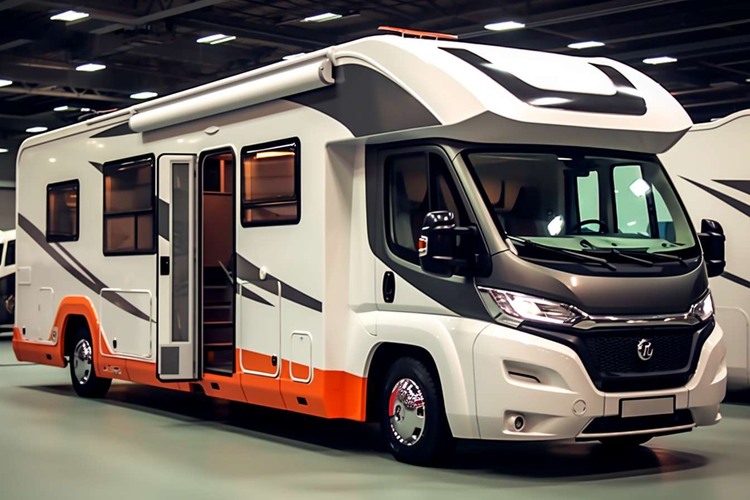Understanding Zero Down Payment Car Leasing: A Complete Guide
Zero down payment leasing allows drivers to secure a vehicle without paying money upfront at signing. This financing option has gained popularity among consumers seeking lower initial costs, though it typically results in higher monthly payments throughout the lease term. Understanding the mechanics, requirements, and potential risks helps consumers make informed decisions about whether this approach aligns with their financial goals and circumstances.

Zero down payment leasing represents a significant shift from traditional automotive financing, where consumers typically expect to pay several thousand dollars upfront. This approach eliminates the initial cash burden while providing immediate access to newer vehicles with warranty coverage and predictable monthly expenses.
What Are Zero Down Payment Used Car Lease Options?
Zero down payment leases eliminate the need for upfront cash at signing, though lessees still pay the first month’s payment, taxes, and fees. These arrangements work by rolling the capitalized cost reduction into monthly payments, effectively spreading the down payment across the lease term. Most major automotive manufacturers and dealerships offer these programs, particularly for certified pre-owned vehicles.
Used car leases with zero down payments typically involve vehicles that are 2-4 years old with lower mileage. The leasing company retains ownership while the lessee enjoys driving privileges under specific terms. Monthly payments reflect the vehicle’s depreciation during the lease period plus interest charges and fees.
How Do Zero Down Car Lease Compare to Traditional Financing?
Zero down leases differ significantly from conventional auto loans and standard lease agreements. Traditional leases require down payments ranging from one thousand to five thousand dollars, while zero down options eliminate this barrier. However, monthly payments increase proportionally to compensate for the absent upfront payment.
Compared to auto loans, zero down leases offer lower monthly payments but no ownership equity. Loan payments contribute toward vehicle ownership, while lease payments provide temporary driving rights. Insurance requirements remain similar, though gap coverage becomes more critical with zero down arrangements due to higher loan-to-value ratios.
Mileage restrictions apply to all lease agreements, typically limiting annual driving to 10,000-15,000 miles. Exceeding these limits results in per-mile charges at lease termination.
What Are Common Requirements for Approval?
Lenders evaluate several factors when considering zero down lease applications. Credit scores typically need to exceed 650 for favorable terms, though some programs accommodate scores as low as 580 with higher interest rates. Income verification demonstrates the ability to handle monthly payments, with debt-to-income ratios preferably below 40%.
Employment history spanning at least two years provides stability indicators that lenders value. Self-employed applicants may need additional documentation, including tax returns and bank statements. Some programs require co-signers for applicants with limited credit history or lower credit scores.
Residency verification and valid driver’s licenses are standard requirements across all leasing programs. Additionally, comprehensive insurance coverage meeting lender specifications becomes mandatory before vehicle delivery.
How Can Buyers Minimize Risks Associated with Zero Down Leasing?
Several strategies help mitigate potential downsides of zero down payment leasing. Gap insurance protects against financial loss if the vehicle is totaled or stolen, covering the difference between insurance payouts and remaining lease obligations. This coverage becomes particularly important when no down payment reduces initial equity.
Careful mileage monitoring prevents expensive overage charges at lease termination. Lessees should honestly assess driving patterns and select appropriate mileage allowances. Excess wear and tear charges can be minimized through regular maintenance and careful vehicle treatment.
Reading lease agreements thoroughly reveals important terms and conditions. Understanding early termination penalties, maintenance requirements, and end-of-lease options prevents unexpected costs. Some lessees benefit from lease-end protection programs that waive minor wear charges.
| Provider | Vehicle Type | Monthly Payment Range | Key Features |
|---|---|---|---|
| Honda Financial | Certified Pre-Owned | 250-450 dollars | Zero down options, flexible terms |
| Toyota Financial | Used Vehicles 2-4 years | 280-520 dollars | Low interest rates, gap coverage |
| Ford Credit | Select Used Models | 240-480 dollars | Extended warranty options |
| GM Financial | Certified Used | 260-500 dollars | Maintenance packages available |
| Nissan Motor Acceptance | Pre-Owned Inventory | 230-470 dollars | Flexible mileage options |
Prices, rates, or cost estimates mentioned in this article are based on the latest available information but may change over time. Independent research is advised before making financial decisions.
Zero down payment leasing offers immediate vehicle access without substantial upfront costs, though higher monthly payments and specific terms require careful consideration. Success with these arrangements depends on understanding requirements, comparing options thoroughly, and implementing risk mitigation strategies. Consumers benefit from evaluating their driving patterns, financial stability, and long-term transportation needs before committing to any leasing agreement.



